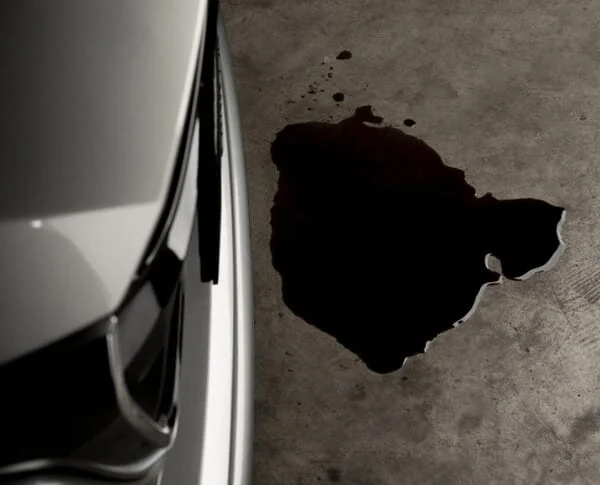The valve cover may seem like a simple part, but in fact it can have several inbuilt parts on modern car engines. Here's how to tell if your valve cover is bad
For the engine to work properly, it must remain completely sealed. To accomplish this, a valve cover and gasket are used.
However, over time, gaskets and bonnets cannot withstand the stresses that cause them to fail. Without this cover, the valve components are left unprotected. Fortunately, this part does not fail regularly, so it is not something that does not need to be replaced frequently.
In this article, we will learn about the symptoms, location, function of a bad valve cover. Here is a quick overview of the signs to look for
The most common symptom of a bad valve cover is engine oil leakage. You can often find oil leaks by looking at the oil level or smelling burning while driving. A bad valve cover can also cause misfires or check the engine lights on your dashboard.
Here is a more detailed list of the symptoms of a bad valve cover:
Bad Valve Cover Symptoms
Leaking Oil

It's never a good sign to see leaking oil. However, this simple symptom can be caused by numerous malfunctions.
With that said, if the oil is located on the valve cover area or coming from that region, You can assume that your valve cover or gasket is broken. Look around the edge where the gasket seals the cover to the engine.
At first, it may be just a small leak, slowly dripping to the ground. Eventually, it may become larger, covering the entire surface of the valve cover. When this happens, a layer of debris and dirt also begins to accumulate on the lid.
Allowing the valve cover to leak oil can cause further damage to the hoses and belts. You don't want to wait to have it replaced.
Low Oil Levels

If you care about your engine, you are regularly checking the oil levels. If the level continues to be low, even though you top it off, you have to assume the oil is going somewhere.
Check the valve cover for signs of possible oil leakage. Before replacing the valve cover, please make sure that the motor has enough oil, otherwise you may pay expensive repairs due to engine failure.
Burning Oil Smell

Whenever you smell the smell of burning oil, you should panic. Oil leaking from the valve cover will drip onto hot engine parts and exhaust, leaving you with a terrible smell.
When you open the hood, the smell should be very strong, but you may not immediately see where the oil is burning. This situation can be dangerous because you never want to burn anything under the hood that could cause a car fire.
Misfiring Engine

A misfiring engine can be caused by many factors, such as defective spark plugs or trouble with the fuel system. However, a bad valve cover might also be the culprit.
The valve cover can pass directly through the engine spark plug. If oil leaks to the spark plug, fluid can enter the opening. Engine oil will prevent the spark plug from working properly and cause its contamination.
When the spark plug cannot ignite the air/fuel mixture, it can cause the engine to stall. Not only will this lead to a very difficult journey, but it may also cause the engine to catch fire.
Dashboard Lights

If you haven't been checking the oil regularly, your first sign that something is wrong might be warning lights on the dashboard.
You can get an oil warning light to tell you that there is not enough oil pressure in the system, or it may be a check engine light because of defects in valve caps and gaskets. In any case, these lights indicate that the situation is serious and you should stop driving until the repair is complete.
The Function of a Valve Cover
The valve cover protects the vital components of the engine. It's responsible for covering the valves, thereby protecting the expensive machinery from damage and the elements. However, the valve cover can suffer from misalignment, corrosion and cracks.
The valve cover works with the valve cover gasket to provide effective engine sealing. This thin rubber strip is placed between the engine and the valve cover. However, the gasket is delicate and more easily damaged than the lid itself. Over time, it will become brittle or cracked due to heat and aging.
Valve Cover Location

The valve cover is on top of the engine. It is a hard cover that protects the valves and other engine parts. Between the valve cover and the engine is a gasket, which creates a tight seal.
Since the gasket usually fails before the valve cover, this part is replaced more frequently. However, to reach the bonnet gasket, the bonnet must be removed.













